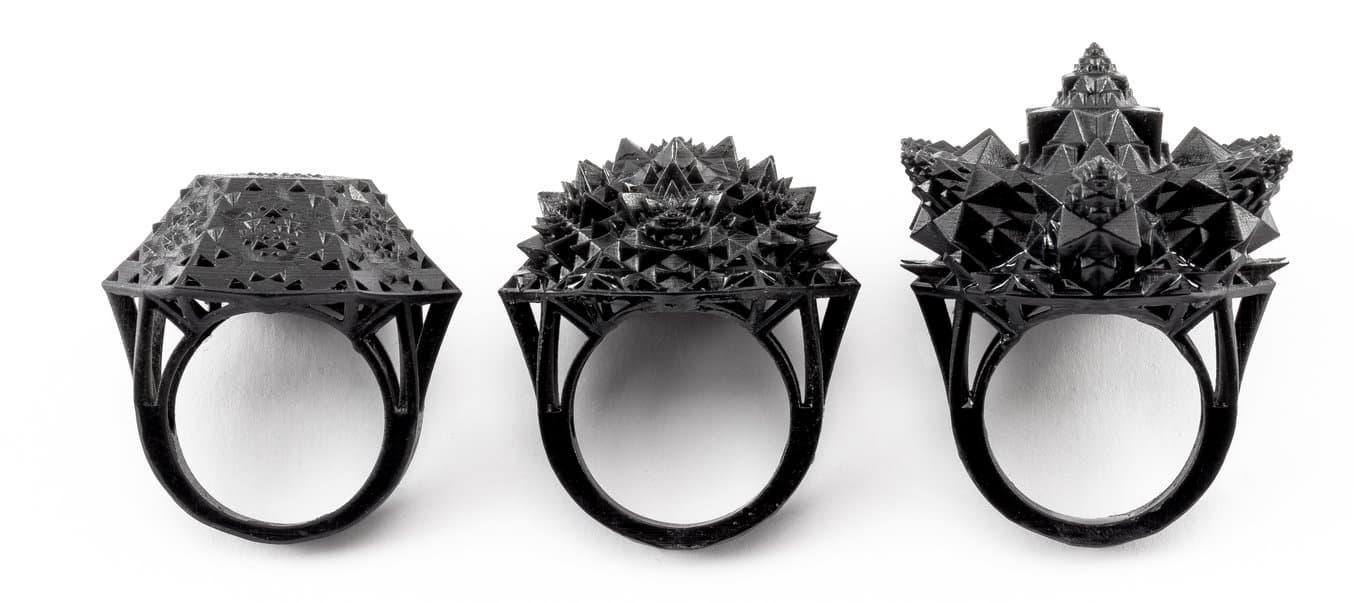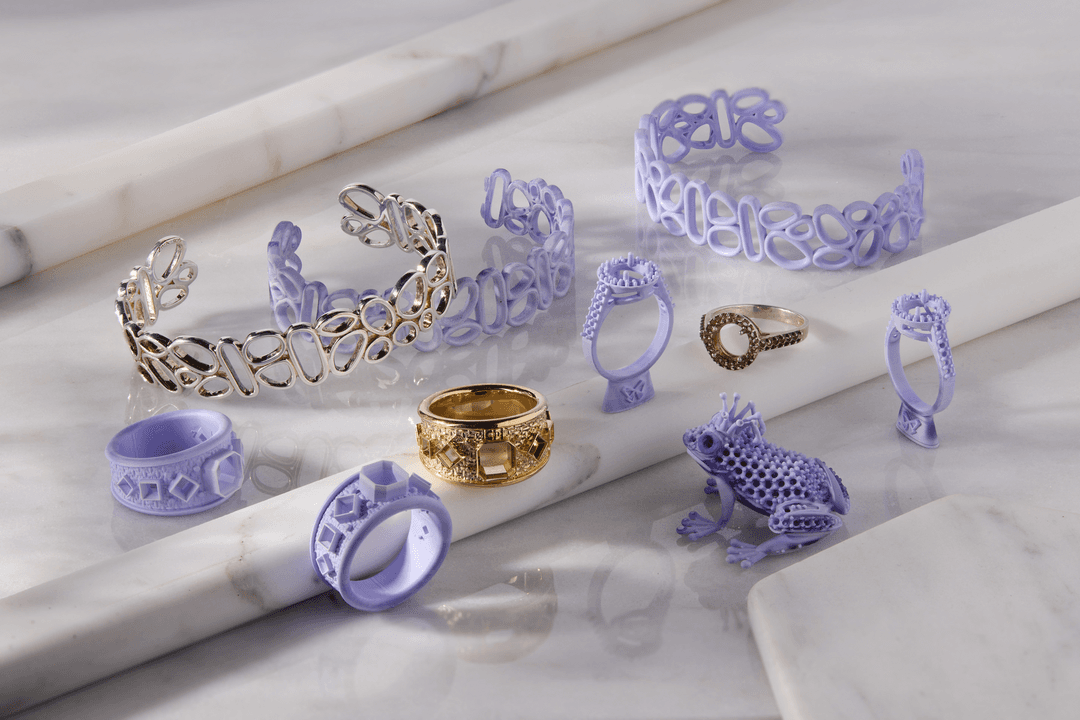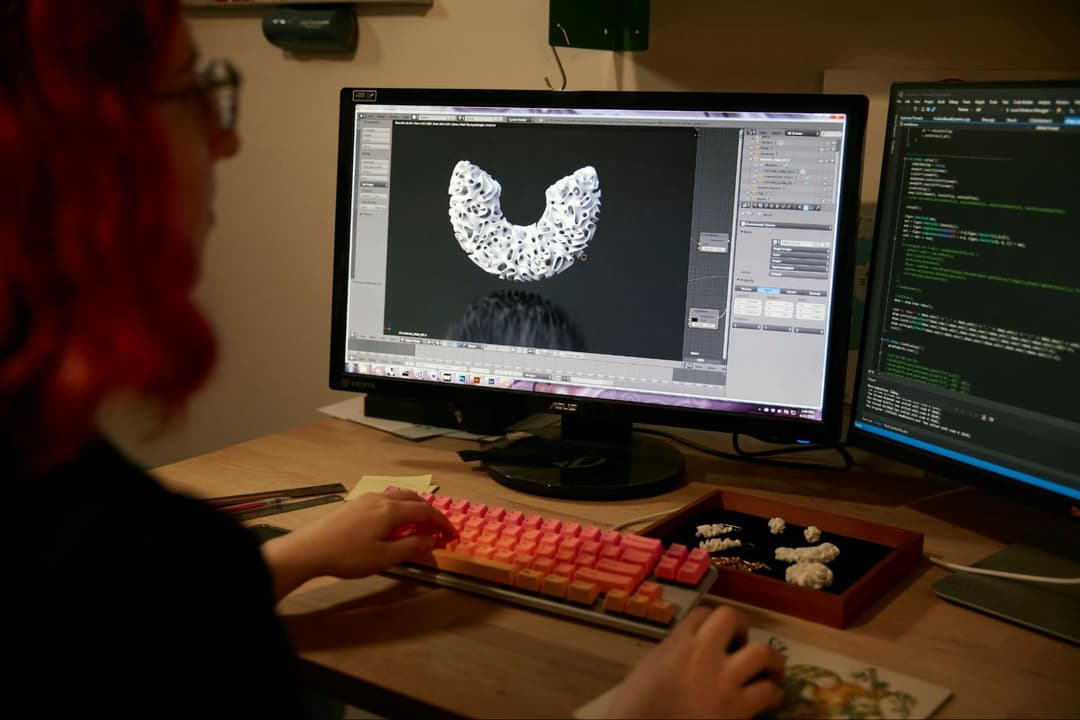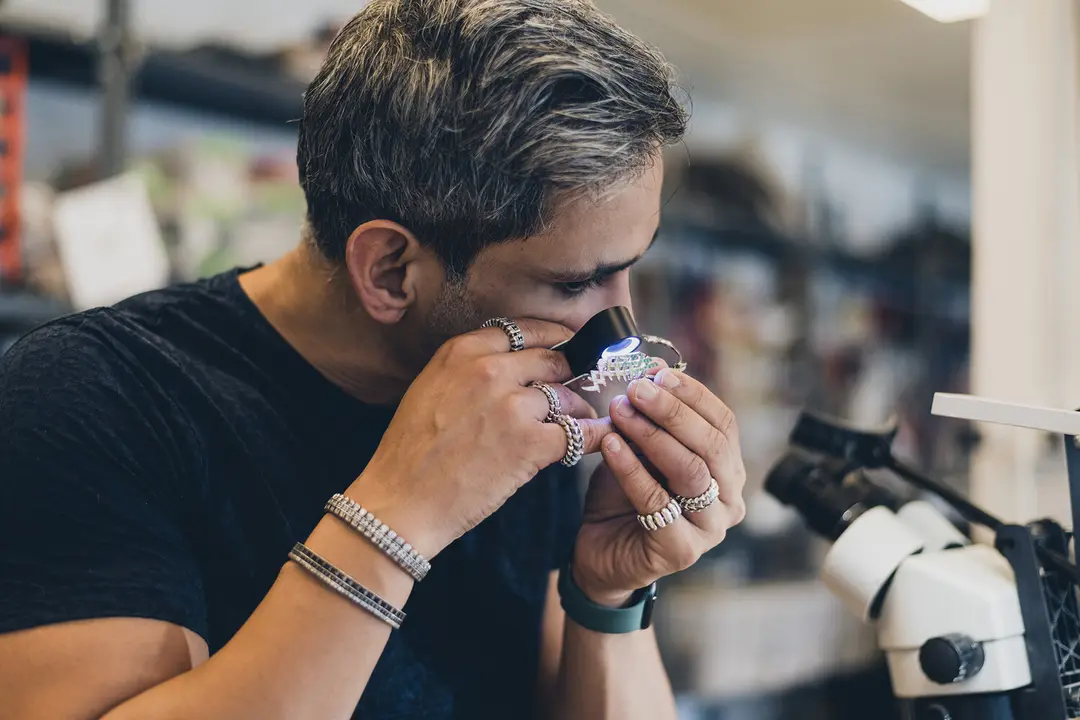
In the jewelry industry, customer demand and new technology go hand in hand. As customers move away from mass-produced products and toward custom designs, jewelers are adopting new technology that marries the efficiency of rapid prototyping with the beauty of wearable art. Lexx Grey, product developer at luxury jeweler John Brevard, explains how she sees the future of the jewelry industry.
What is John Brevard?
John Brevard is a luxury jewelry and accessories fashion company located in the Lower East Side in New York City. Additionally, we have just launched a unique customization platform, Thoscene, which offers customers unique individualized pieces based on their astrological data. I help bring the ideas of John, the Creative Director, to life. I am considered somewhat of an engineer here and enjoy the challenge of bringing from conception to reality complex designs which push the limits of technology and often physics.

What quality of 3D printing has made John Brevard integrate this technology into production?
3D printing is an integral part of the production and manufacturing process for most jewelers out there and has been so for the last 3-4 decades since the first 3D printers were introduced into the market. The alternatives to 3D printing pieces to be cast, such as hand-carving wax, are time consuming and do not allow us to design with 3D softwares. With 3D printing as part of the manufacturing process, we can easily take a 3D model on our screen and turn it into a reality with little to no change in the details or look.
We are able to produce far more complex designs and far more variations by using the computer/3D printing method than if we were to use an old school handmade method.

How does John Brevard use 3D printing to make each design unique?
We are able to produce far more complex designs and far more variations by using the computer/3D printing method than if we were to use an old school handmade method. In the current market of 3D printers, the quality, the level of detail, is high enough such that any variation between the physical and digital versions are nearly imperceptible to the human eye. Further, the speed and accessibility of a desktop printer such as the Form 1+ or Form 2 allows us to quickly create mockups and prototypes, allowing us to implement design changes very quickly.
How do people react to personalized designs?
Consumers are increasingly interested in personalized experiences and finding unique pieces that fit their individual style and tastes. People find our customized projects to be engaging with a special feel. We offer multiple layers of customization and treat every customer as a V.I.P. Our customer experience involves direct communication between developers such as myself and end users. This evokes a return to bespoke-style arts-and-crafts-era movements as the industry moves away from impersonal mass-produced items.

What are some tips you can give to other designers making customized jewelry?
Always listen to your customer base — this is key. Marketing is super important, as is keeping early startup costs low. Focus your energy and attention on the designs your customers are most responsive to.
Custom design evokes a return to bespoke-style, arts-and-crafts-era movements as the industry moves away from impersonal, mass-produced items.
What do you think your work with John Brevard means for the future of fashion?
I believe the designer/developer to end user interaction is the next big thing happening in the fashion industry at large. Our customers are everything to us, and their needs always come first. A great idea to start with on the designer end is paramount, but allowing the customer input and decision-making is an incredibly rewarding experience.


